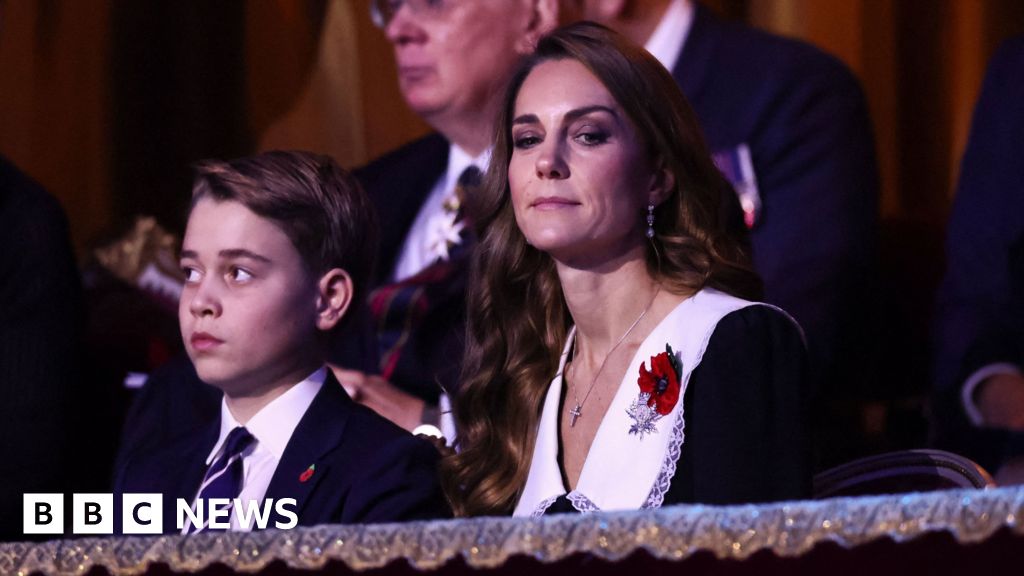One hundred and fifty years ago, Austrian woman Sophie Entz was about to give birth. It would be the first child for her and husband, Josef. Sophie had given birth earlier, but the girl had died after a week. On December 4, 1875, she gave birth to a boy, René Karl Wilhelm Johann Josef Maria Rilke.
The world would know him as Rainer Maria Rilke. His path through life, however, was cut short by leukemia. He died in 1926, aged 51. Though born into a Catholic home, Rilke developed a view of the world and faith that was without denomination. It was luminously poetic, deeply personal and universally naturalistic. He saw everything as flow. Even statues through his eyes were rivers of depth and possibility. He was secretary to Auguste Rodin for several years and wrote of the sculptor and his work. It was around this time that the genesis of the book The Life of the Virgin Mary was born. He entered into the holy to extract the essence of what it meant to be human. This was his art throughout his life.

Rainer Maria Rilke saw everything as flow.Credit: Getty Images
One hundred years ago, the year before his death, Rilke wrote to translator Witold Hulewicz: “It is our task to imprint this temporary, perishable earth into ourselves so deeply, so painfully and passionately, that its essence can rise ‘invisibly’ inside us. We are the bees of the invisible. We wildly collect the honey of the visible, to store it in the great, golden hive of the invisible.”
The bees of the invisible. Notwithstanding the ecology of a bee’s life, and the consequence of its sting, it is an arresting image. To bee or not to bee? Perhaps not. This is the age of instant gratification, where the switch for everything everywhere is never turned off. Rilke, however, is the antithesis of this. To walk into the quiet woods of his world, that is, into his words, is to see him holding a lantern to the night. Many of his poems speak of silence. These days, silence is a foreign country. Being alone with your thoughts is an increasingly narrow bridge to contemplation.
Where did Rilke see faith? He had many observations, but in essence he saw creation and creator as part of the same wheel. “Religion is something infinitely simple, ingenuous. It is not knowledge, not content of feeling (for all content is admitted from the start, where a man comes to terms with life), it is not duty and not renunciation, it is not restriction: but in the infinite extent of the universe it is a direction of the heart.”
Yes.
Warwick McFadyen is a desk editor at The Age.


















































